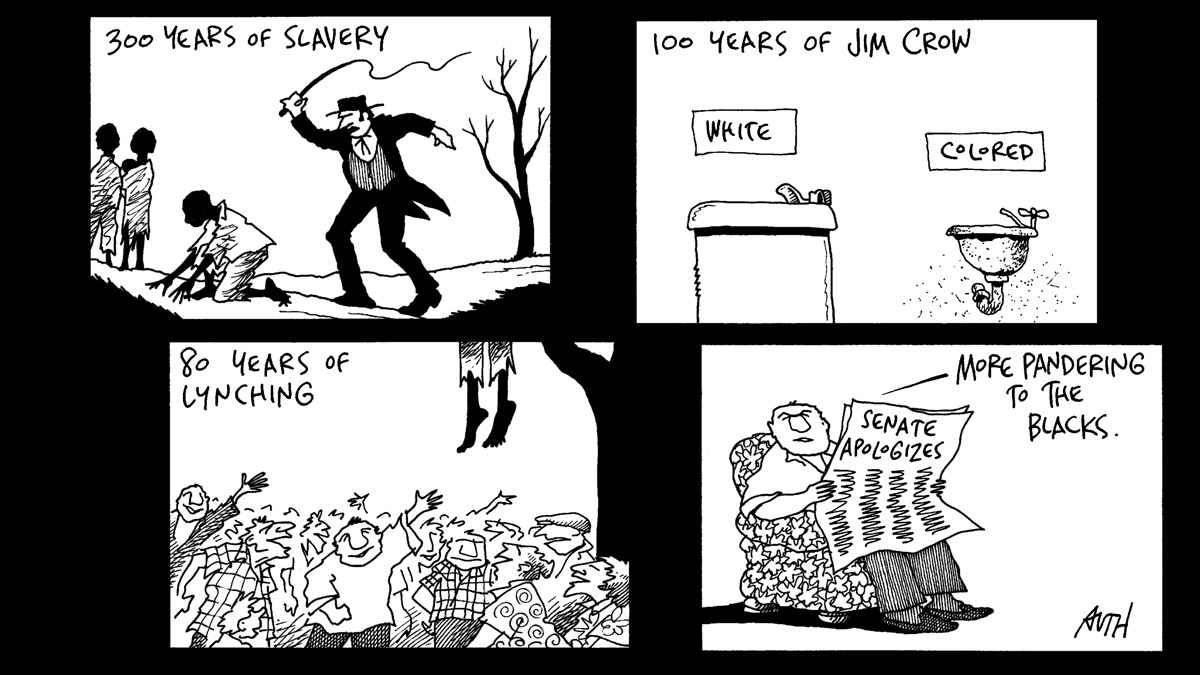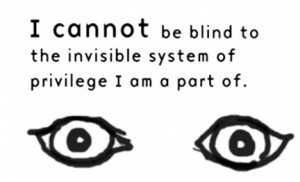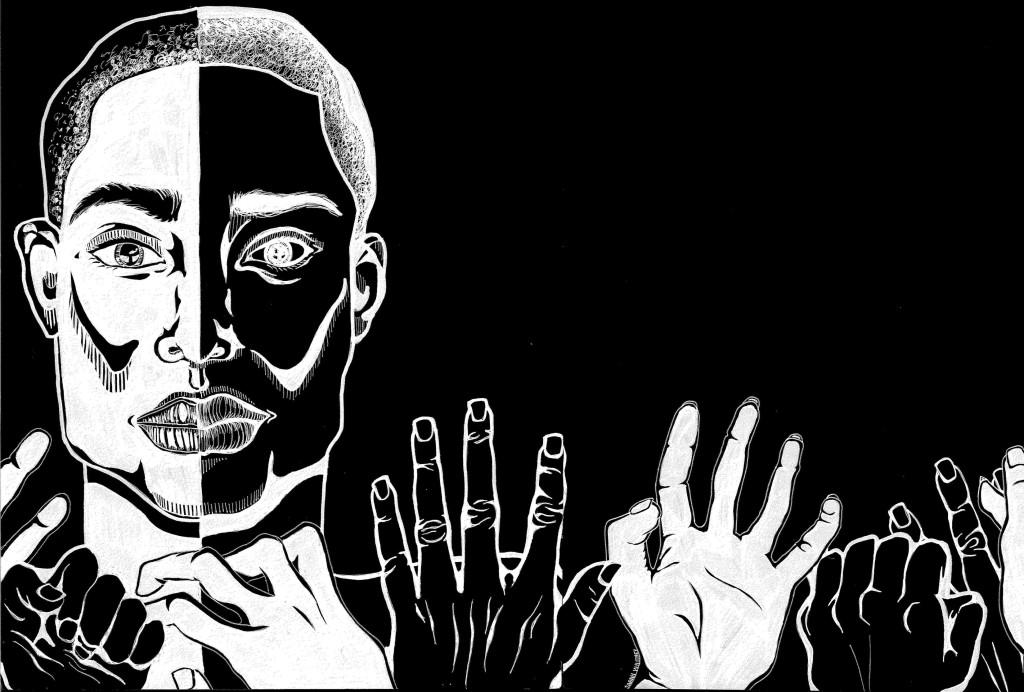/cdn0.vox-cdn.com/uploads/chorus_image/image/47510833/53460365.0.0.jpg)
A new study conducted after a 2005 Supreme Court decision gave judges more flexibility in sentencing suggests that this newfound judicial discretion is being used to help white defendants more than black ones. Judges determines a prison sentence by consulting a set of federal guidelines which provides a recommended range of term length based on factors like the offense and the defendant’s criminal history. The study shows that given the same recommended sentence on almost any crime, white offenders receive a shorter punishment than black offenders — a disparity that has grown since 2005.
This creates an unfortunate double bind for those who aspire for equality in the criminal justice system: When judges are given more power in setting sentences, people are punished differently for the same crimes. When judges lack that power, everyone is treated harshly in court, especially the black Americans who already experience racial bias in the justice system through disproportionately more arrests and criminal charges.
Click here to read more.
Questions
What are some contributing factors for this disproportionate amount of arrests, charges, and lengthy convictions for black Americans?
Is there a foreseeable solution for this problem of racial bias in our criminal justice system?
Do you think that judges should have more or less freedom in sentencing? Why?








